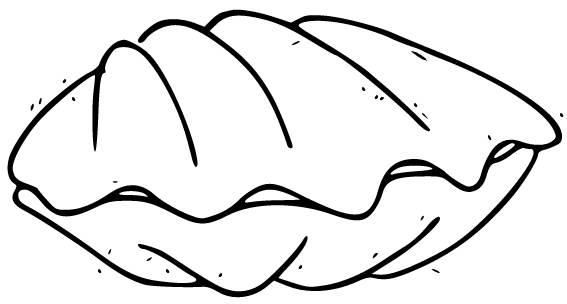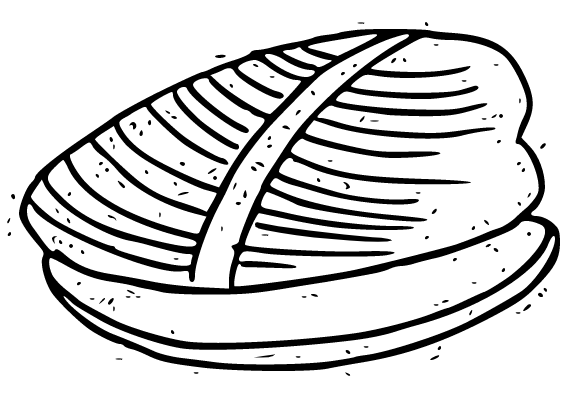-

-
The Discerning Mollusk's Guide to Arts & Ideas
-


HIST
James Belflower and Matthew Klane
Calamari Archive, Ink., Sept. 2022
n the introduction to Belflower and Klane’s graphic novel, HIST, the authors talk about making a pilgrimage to a town whose name is derived from its “favorite son.” My initial thought was Cooperstown, an incredibly beautiful small town located on a lake not far from where I live. It’s named after its founder William Cooper, whose son is celebrated author James Fenimore Cooper of Leatherstocking Tales / Last of the Mohicans fame. But I almost immediately doubted myself; not everything is centered around my life. Besides, there was no mention of baseball anywhere to be found.
A little internet research surfaced that both authors are from Albany, which, in turn, made me think that the “Author” in question might be Melville. However, as I kept reading, there were hints—“Natty” and “Mr. Pump”—that affirmed I was correct in seeing Cooperstown right away. Belflower and Klane claimed to have found a book called HIST in a book barn during this pilgrimage, a book that contained “essentially all of the Author’s data” or, in other words, a collection of Cooper’s works. They claim to use this source material in the material experiment before the reader, “compressing the vastness of this literary spectrum” and running its illustrations “through a program of ritual filters, random params, and blended audio visualizers” in an attempt to capture the “textures of American literature.”
I don’t know if you’ve read Cooper, but it takes some tenacity to power through it (in my opinion). I haven’t read all of the stories referenced in these pages but I don’t think you need to know anything about Cooper or his work to appreciate this book. It is a beautiful transmutation of a history and familiar-even-if-not-known mythology. I’m unsure what technique the authors used: erasure, a type of cento, or if the whole premise of the original HIST book barn find is some postmodern invention. Regardless, the end result is a poignant and engaging retelling and, in the act of retelling, with both image and text, the authors have created something wholly new. Visually, it is a psychedelic comic book with images abstracted and patterned with color. They are really quite breathtaking and modern, even though you can make out the unmistakable firm hand of the original, antique illustrations. The authors utilize a handful of repeated images edited and manipulated to show the myriad ways there is to read that image, that text. Even with all of the vibrance and intricate patterning, some of my favorite images were where the panels looked like aged or eroded material that you might find in an old barn. One in particular, on page 45, is a simple line edged with shadow, made with shades of grey, black, and green, that reads to me like Otsego Lake on a misty day.
There are eight distinct sections or ‘chapters’ comprising of one ‘poem’ each. They are self-contained stories and the authors are adept at imbuing both tension and emotion with only sparse text. Aided by the images, the words are lyrical, affecting, and create whole worlds on a single page. Gems of the collection include: “Natty A Lover”, “Birch In His Cottage”, and “Narra-Mattah”. Implicit in these tales, both the inspiration and the artwork, are stories of survival, lust, love, as well as racial, religious, and gendered tension. The interplay of art with text brings to light the dissonance and complexity of these stories that were once presented as black and white. Moreover, HIST illustrates how we can distort and alter the pattern history leaves behind. We can’t abandon the past; the “American Author” is a part of our common heritage. But we can move it around to explore all of its angles, beautiful and profane.

Jesi Buell is an artist from upstate New York. Under the name Jesi Bender, she helms KERNPUNKT Press, a home for experimental writing. She is the author of KINDERKRANKENHAUS (Sagging Meniscus 2021) and The Book of the Last Word (Whiskey Tit 2019). Her shorter writing has appeared in The Rumpus, Split Lip, Adroit Journal, and others. www.jesibender.com